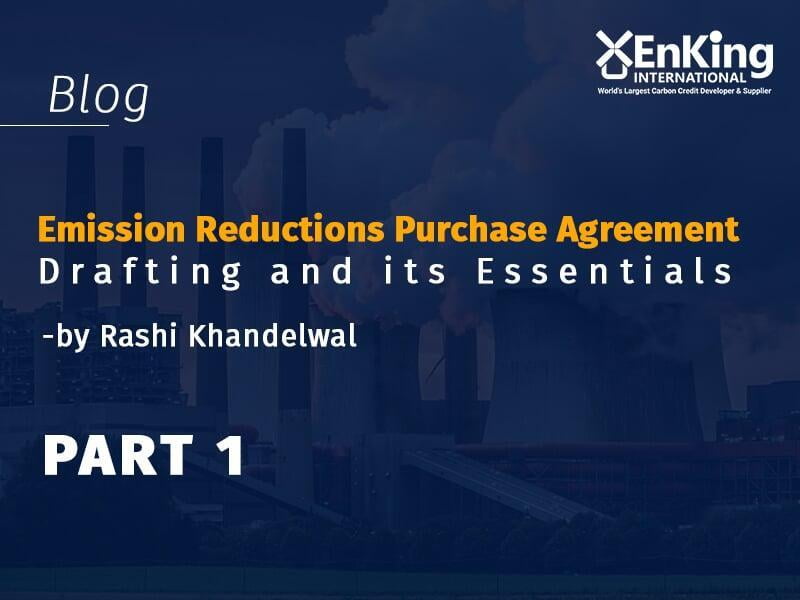

The script of a smart contract, that executes an agreement without prejudice, guarantees the performance of ‘contractual terms’ enabling the exchange or transaction of services. Yet, smart contracts as recognisable or valid legal instruments within the boundaries of contract law remain uncertain and contentious. Smart contracts appear to reduce contracting to a form and standard well below that developed by contract law and theory over many centuries in both civil and common law jurisdictions. Smart contracting portrays the efficiency and professionalism of any individual while working and establishing legal obligation toward the contracting party. Streamlining activities to be performed, services to be rendered and transactions to be made in a contract results in orderly working and enables efficiency in performance.
A poorly drafted contract increases the risk of misunderstanding and commercial disputes which may give rise to defaults, payment delays, contract performance delays, warranty disputes, and/or calls on any performance delays. It is important to appreciate and understand the structural elements and risks inherent in clauses comprising the commercial contract.
Buying and selling carbon credits is relatively straightforward and may be compared to buying and selling shares in a stock market. Because the transaction is paper-based, no physical assets generally change hands; and if you have access to the right amount of money and the right person to help affect the trade, then such transactions are relatively uncomplicated. For newcomers to the industry, it is often tricky to find the right company through which to buy or sell carbon credits and then to decide their price. It is also important to be aware of the types of credits that are available on the market and how they compare with each other.
WHAT IS EMISSION REDUCTIONS PURCHASE AGREEMENT (ERPA)?
The Emission Reduction Purchase Agreement (ERPA) is a vital document for the developer of a carbon offset project. At its core, the ERPA is an agreement between the buyer and seller of the carbon credits. The purpose of the ERPA is to record the agreement between parties. It identifies responsibilities, rights and obligations to manage project risks. It also defines the commercial terms of the project including price, volume and delivery schedule of emission reductions.
ERPAs are often agreed between buyers and intermediaries representing community groups. While the ERPA is a binding legal contract between the buyer and intermediary, the agreement between the seller and the community members is often less clear and may not be binding. It is important to ensure that whatever agreement is made between individual project participants and the intermediary is clear and well understood by all parties.
The key elements in any ERPA cover the following areas:
Project risks: who are responsible for these risks, and are the risks manageable?